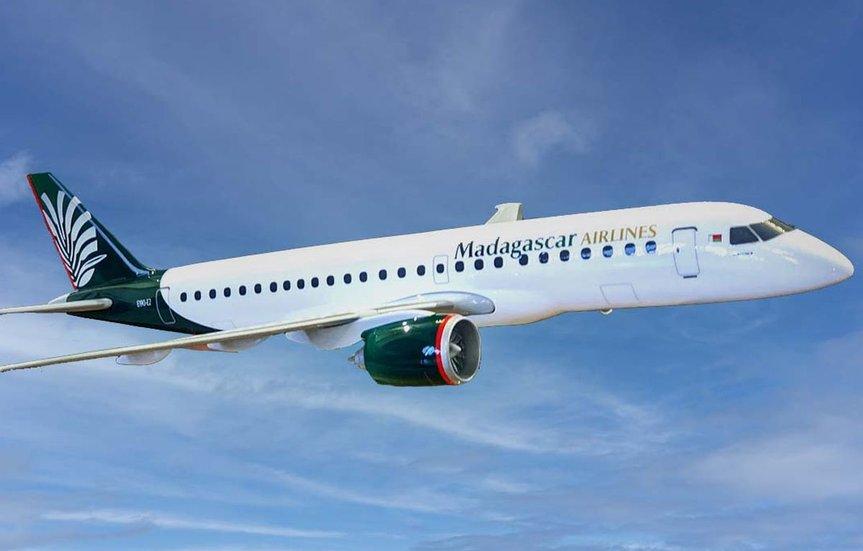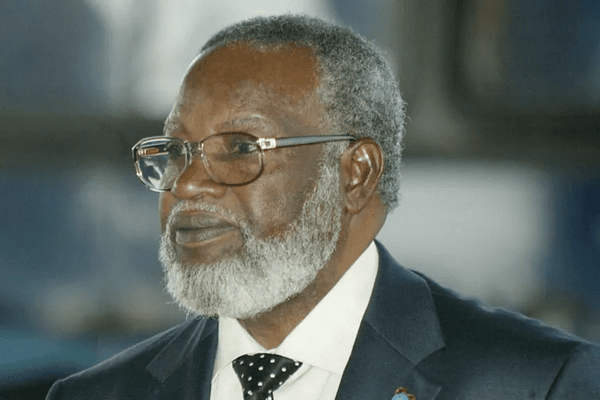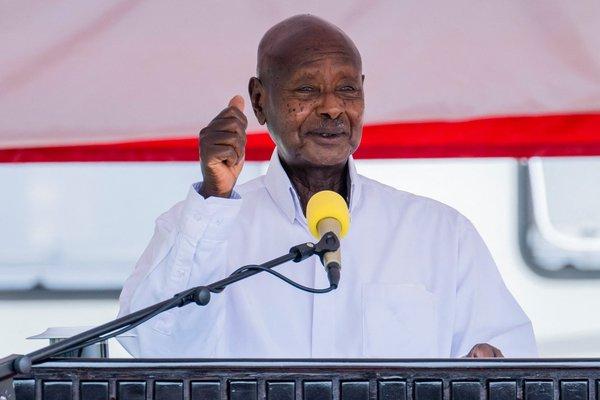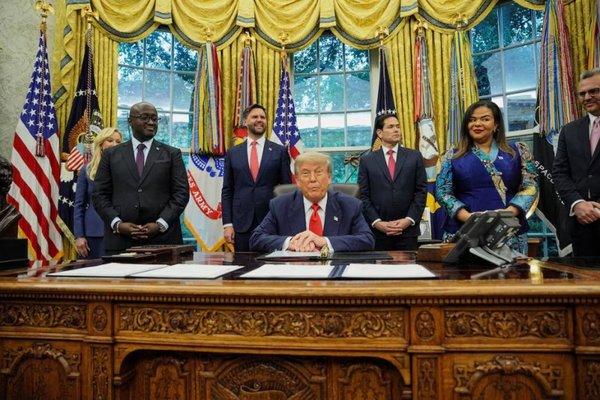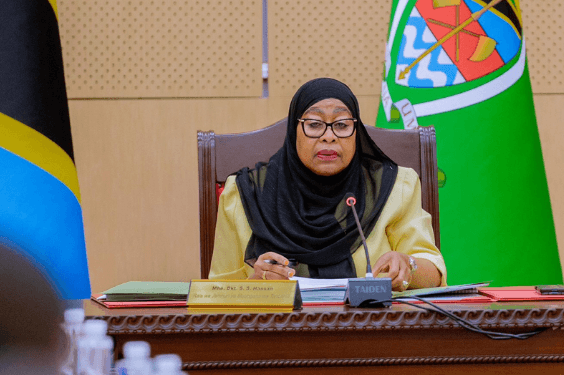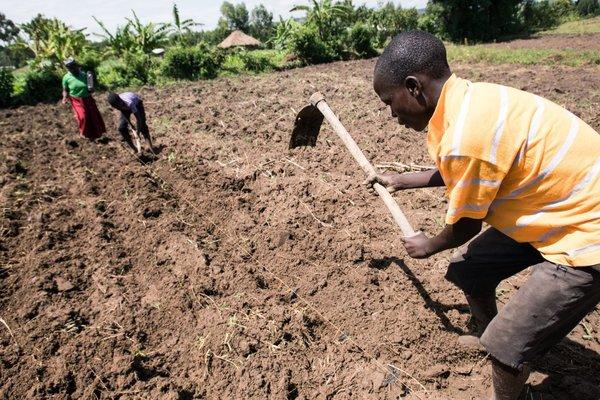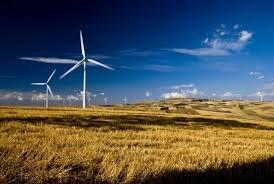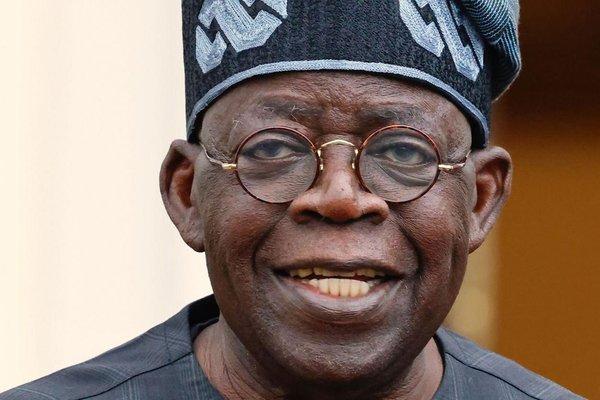Madagascar
Madagascar is a large island nation in the Indian Ocean, located off the southeastern coast of Africa. It's known for its unique biodiversity, including a high number of endemic species like lemurs. The island features diverse landscapes, from lush rainforests to arid deserts, and experiences a tropical climate along the coast and a temperate climate inland.

East Africa

587,041 sq km

GMT+3

31.96 Million (2024)

Malagasy and French

Christianity and Islam

Malagasy Ariary

President Andry Rajoelina
Brief
Madagascar, the world’s fifth largest island, lies off the southeastern coast of Africa in the Indian Ocean, separated from the mainland by the Mozambique Channel. Known for its exceptional biodiversity, it is home to countless species found nowhere else on Earth, such as lemurs, chameleons, and baobab trees. This ecological richness makes Madagascar a global hotspot for conservation and ecotourism. The island’s geography ranges from rainforests and highland plateaus to arid southern regions, offering a variety of landscapes and ecosystems.
Despite its natural wealth, Madagascar remains a developing nation with a predominantly agricultural economy and high poverty rates. Many communities face food insecurity, especially in the south, where climate change and droughts have had severe impacts. The Malagasy people, with cultural roots from both African and Indonesian ancestry, speak Malagasy and French, and maintain strong traditional beliefs alongside Christianity. Tourism is a growing sector, drawing visitors with its unique wildlife and scenic beauty, though the country still relies heavily on foreign aid for development and stability.
National Anthem





Cultural Life
Cultural Milieu
Madagascar's culture is a vibrant blend of Indonesian, African, Arab, and European influences, deeply rooted in family values, ancestor veneration, and unique traditional practices. The island is home to 18 main ethnic groups, each contributing distinct customs that enrich the nation's cultural diversity. Respect for ancestors is central, with rituals like famadihana (tomb-reopening) practiced to honor the deceased. Fady, or taboos, guide behavior and vary by region, making local customs important to observe. Traditional music and dance, influenced by African and Indonesian heritage, play a vital role in festivals and ceremonies.
Family extends beyond the immediate household to include the extended family, with elders holding great respect. While Christianity and Islam are widely practiced, many Malagasy also believe in magic, astrology, and consult traditional healers. Cultural rituals such as ala-volo (baby’s first haircut) are still observed in many communities. Architecture varies from wooden houses to stone structures in the south and Arab-influenced designs along the coast. The iconic baobab trees are more than just natural wonders—they serve as cultural and ecological symbols representing wealth, tradition, and identity.
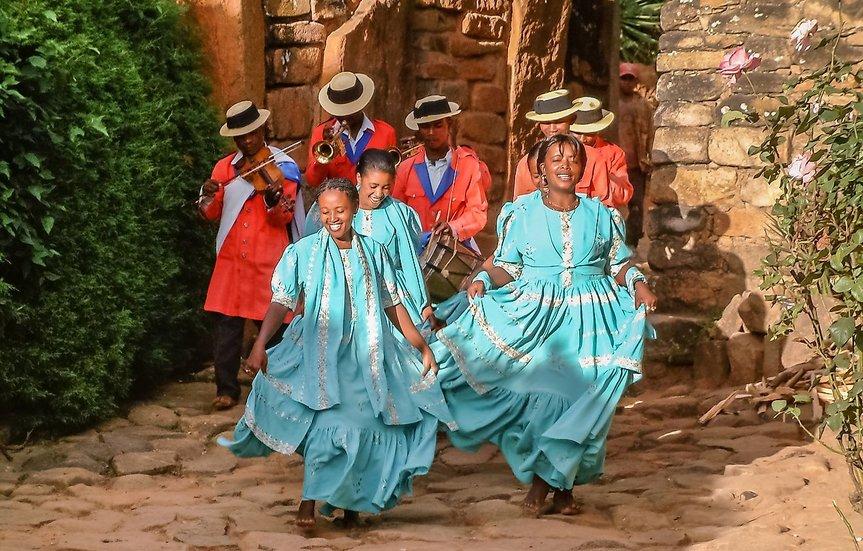




Daily life and Social customs
Madagascar's daily life is deeply influenced by its tribal heritage, strong family ties, and a blend of traditional and modern beliefs. Family is central, with extended families often living together and showing great respect for elders. Many Malagasy people live in rural areas, relying on agriculture and small-scale trade for their livelihood. Life tends to move at a relaxed pace, with a flexible approach to time and appointments. Fady (taboos) play a key role in guiding behavior and vary across regions. Despite the presence of Christianity and Islam, traditional healers and soothsayers remain important, especially in rural communities.
Social customs are rich and diverse, rooted in respect for ancestors and community values. Rituals like famadihana (turning of the bones) reflect the deep reverence for ancestors. Ceremonies and festivals often feature traditional music and dance, connecting people to their heritage. Cultural practices like vodiondry, a traditional engagement ceremony, and kabary, eloquent speeches delivered at weddings, are still widely observed. Moraingy, a traditional martial art, emphasizes discipline, respect, and unity. Linguistically, Malagasy and French are widely spoken, though numerous dialects reflect the country's ethnic diversity. While tipping is not required, it is appreciated in service settings.
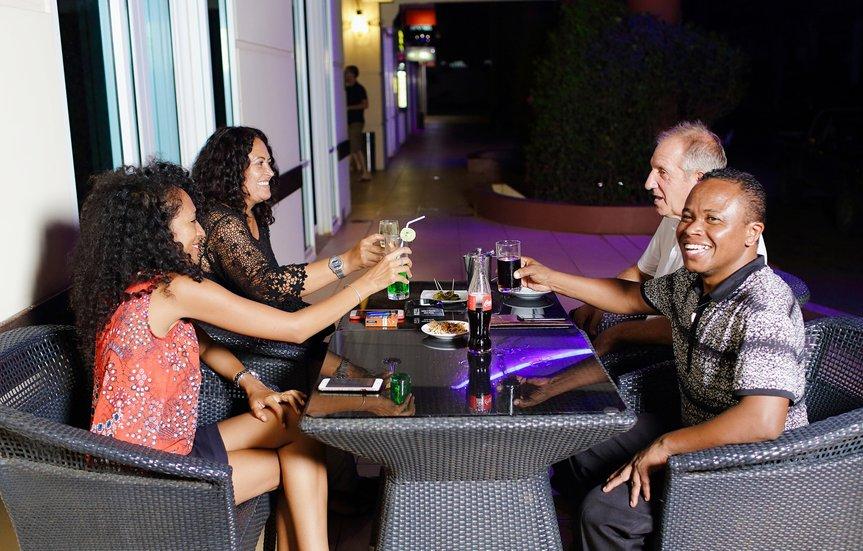




Cuisines
Madagascar's cuisine is a flavorful blend of indigenous ingredients and influences from Arabic, Chinese, French, African, and Indian cultures. Rice is the staple of most meals, typically served with laoka—a side dish of meat, vegetables, or legumes. Common proteins include zebu (a type of cattle), pork, chicken, and seafood, often cooked with aromatic spices like ginger, garlic, and turmeric. Leafy greens such as cassava leaves (ravitoto) and a variety of vegetables are key components of the diet, while condiments like spicy sakay relish and achards (pickled vegetables) add an extra kick of flavor.
Typical Dishes: Romazava: A hearty stew featuring beef and greens, Ravitoto: Mashed cassava leaves, cooked with coconut milk and spices, sometimes with pork, Henakisoa: Pork belly cooked with cassava leaves, Varanga: Shredded, roasted beef, Mofo Gasy: Sweet, vanilla-infused rice cakes, often enjoyed for breakfast, Flan Coco à la Vanille: Coconut custard flavored with Madagascar vanilla, Koba: A traditional sweet made with rice flour, peanuts, and sugar, often wrapped in banana leaves.
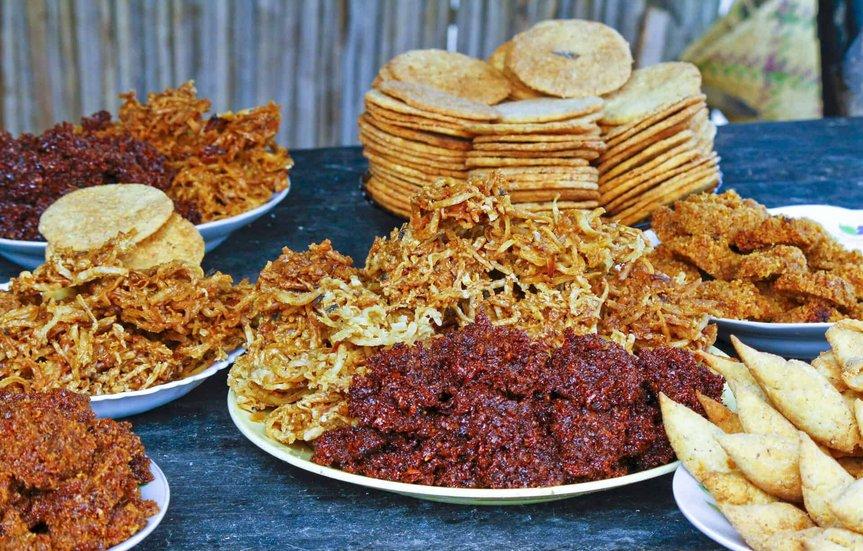

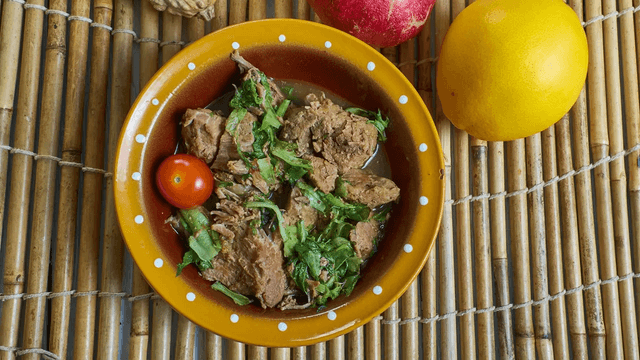


Music
In 2025, Madagascar’s music scene beautifully blends rich traditional genres like salegy, tsapiky, and Hira Gasy with contemporary influences such as reggae, hip-hop, Afrobeat, and jazz. Legendary artists like Jaojoby continue to shape classic sounds, while emerging talents like Oladad, Mika sy Davis, and Basta Lion push creative boundaries by fusing folk rhythms with modern styles. The digital music market is growing, with platforms like YouTube and local services playing a key role, and festivals like Donia and Madajazzcar provide vital spaces for cultural exchange. Looking ahead, Malagasy music is set to deepen its fusion of tradition and innovation, engage in social activism, and strengthen intergenerational collaborations, creating a vibrant, evolving musical landscape.
The Arts
Madagascar’s art scene is a vibrant blend of traditional craftsmanship and contemporary creativity, deeply connected to the island’s cultural heritage. Traditional arts like wood carving—especially the UNESCO-recognized Zafimaniry style from Ambositra—textiles such as the culturally significant lambda mena, and sculptures made from wood, stone, and zebu horn remain prominent. At the same time, contemporary art is flourishing through galleries like Fondation H and Hakanto Contemporary, which support both emerging and established artists while encouraging new expressions, including digital art and photography. This dynamic art scene not only preserves Malagasy traditions but also fosters innovation and provides valuable opportunities for local artists to thrive.
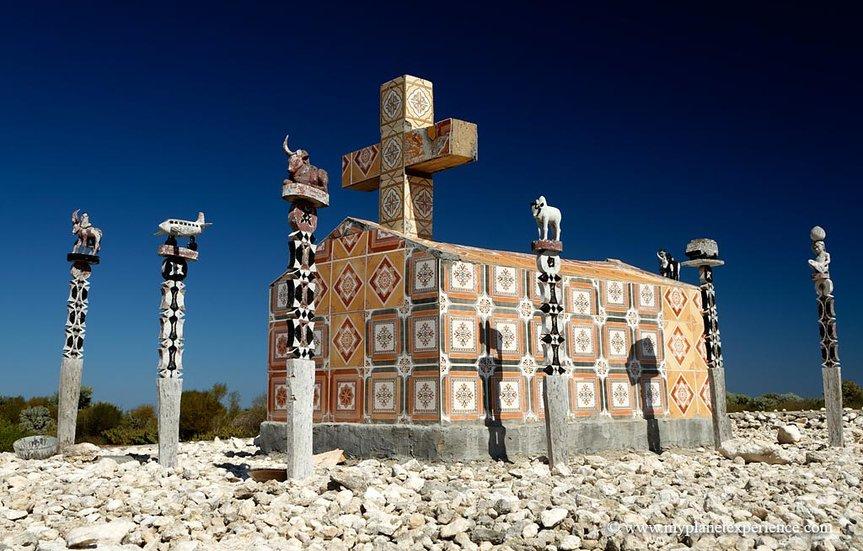




People
Ethnic Groups
Madagascar’s population is ethnically diverse, primarily composed of Malayo-Indonesian and African origins, with smaller communities of Arab, Indian, and European descent. The largest group, the Merina, live in the central highlands and trace their ancestry to early Austronesian settlers, later influenced by Bantu, Arab, Indian, and European peoples. Another significant highland group is the Betsileo, also of Malayo-Indonesian descent and known for their agricultural skills.
Along the coast, the “Cotiers” consist of mixed African, Malayo-Indonesian, and Arab heritage, including ethnic groups like the Betsimisaraka, Tsimihety, and Sakalava. Smaller minorities, such as French, Indian, Creole, and Comoran populations, add to Madagascar’s rich ethnic tapestry. Historically, the Merina have held a dominant political and cultural role since the late 18th century, which has sometimes caused social tensions with other groups across the island.





Religions
Madagascar’s religious landscape is diverse, with about 85% of the population identifying as Christian, predominantly Protestant, followed by Catholicism. Many Malagasy people also practice traditional beliefs, which emphasize ancestor veneration and animistic rituals, often blending these with Christian practices. A smaller percentage, roughly 2% to 7%, follows Islam, mainly concentrated along the coastal regions and northwest. Additionally, there are minor groups practicing other faiths or identifying with no religion.
Religion in Madagascar extends beyond personal faith, influencing social, cultural, and political life. Religious organizations play key roles in education, healthcare, and social support. While religion often serves as a unifying force, it has also been involved in social tensions and conflicts, reflecting its complex role within Malagasy society.

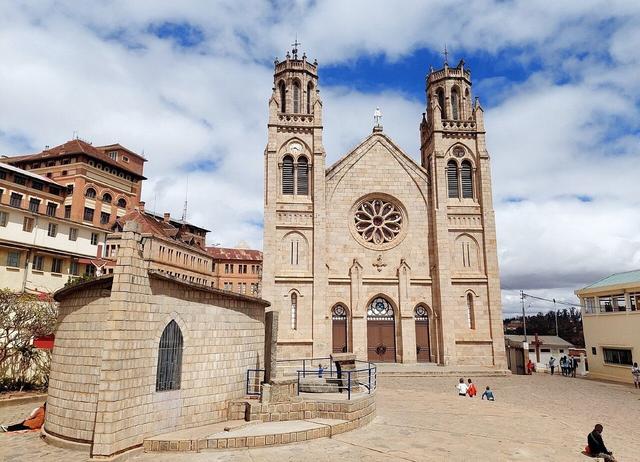



Settlement Patterns
Rural and Urban Settlement Patterns:
The majority of Madagascar's population lives in rural areas, where communities are often situated on the peripheries of forests—some intact, others degraded or cleared. These rural settlements largely depend on agriculture and face challenges such as limited access to healthcare, infrastructure, and basic services. Deforestation has fragmented these landscapes, altering settlement patterns and potentially heightening the risk of disease transmission, such as malaria. In contrast, urbanization in Madagascar is increasing but not solely centered around major cities. Smaller urban nodes and provincial capitals have experienced more rapid growth. However, these urban areas—especially those in coastal zones—struggle with inadequate drainage infrastructure, making them vulnerable to flooding and cyclone damage.
Coastal Settlements and Influencing Factors:
Coastal regions, especially the southwest, are home to communities like the Vezo people, who rely heavily on coral reefs and marine resources for food, transportation, and cultural identity. Settlements in these areas are deeply connected to the marine environment. Across the island, settlement patterns have historically been shaped by access to freshwater, defense potential, social cohesion, and proximity to coastal or agricultural resources. Climate change has intensified challenges for many communities, particularly in the southern regions, where increasing droughts and cyclones disrupt agricultural productivity and threaten livelihoods.
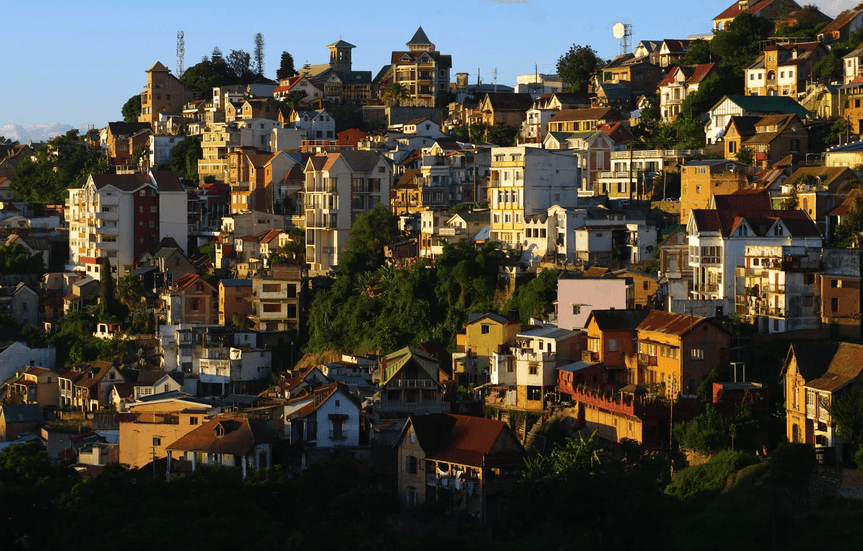




Demographic Trends
Madagascar’s demographics are marked by a very young population, with about half under the age of 15, and a rapidly growing population that has increased from around 4 million in 1950 to over 28 million in 2021. The country experiences a high natural population increase rate and a growing population density, particularly in urban areas. Urbanization is a major trend, driven by significant rural-to-urban migration, especially to the capital, Antananarivo.
This rapid urban growth presents challenges such as strained resources, inadequate infrastructure, and the rise of informal settlements. Additionally, Madagascar faces serious health concerns, including a high rate of chronic malnutrition. Life expectancy stands at approximately 68.5 years, with women generally living longer than men, reflecting ongoing public health and development issues in the country.
Touristic Cities
Antananarivo
Antananarivo is the capital city of Madagascar, in the island’s Central Highlands. Overlooking the city, the Rova of Antananarivo palace complex was the center of the Merina kingdom from the 17th century. It features wooden houses and royal tombs. The pink baroque Andafiavaratra Palace sits in the nearby Haute Ville neighborhood. In the city center, heart-shaped Lake Anosy is ringed by jacaranda trees.
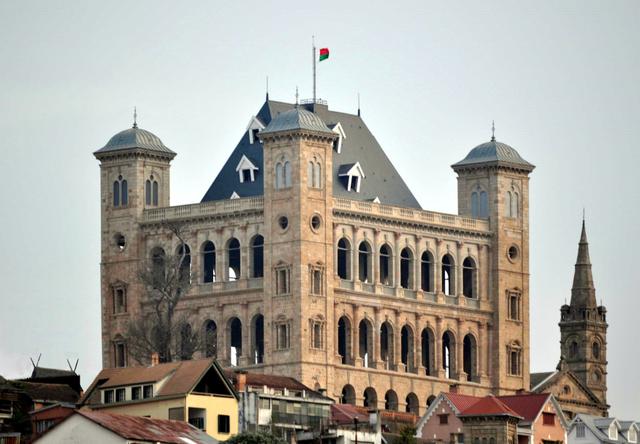

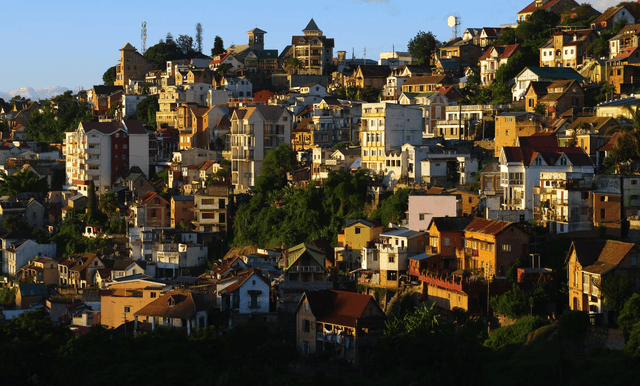
Nosy Be
Nosy Be is an island off Madagascar’s northwestern coast. In the southeast, the forests of Lokobe Reserve shelter chameleons, geckos and frogs. The capital, known as Hell-Ville, has French colonial buildings and a covered market. Lemuria Land is home to a variety of lemurs, plus reptiles. Also in the park is a 19th-century distillery still used to extract essential oils from the native ylang-ylang tree.

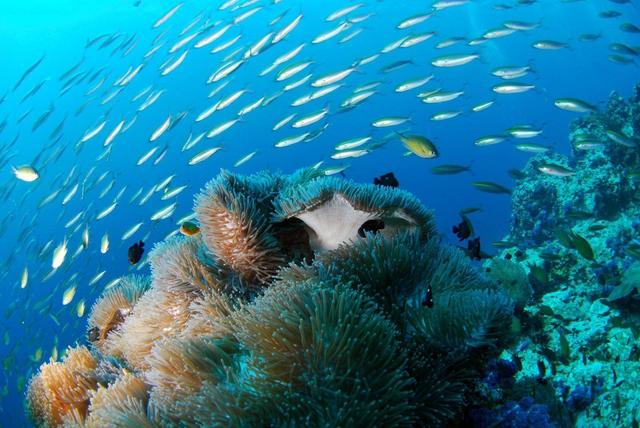

Antsirabe
Antsirabe is the capital city of the Vakinankaratra region, in the central highlands of Madagascar. It's a popular spa town, known for its thermal springs and many colorful rickshaws. The city’s French colonial buildings include the Hôtel des Thermes, with its grand facade. Stalls at the souk-like, outdoor Sabotsy Market sell clothing and local produce. Large Lake Andraikiba is just west of the city. This city in the central highlands is known for its thermal springs, colonial architecture, and scenic landscapes. It's a great place for relaxation and cultural exploration.

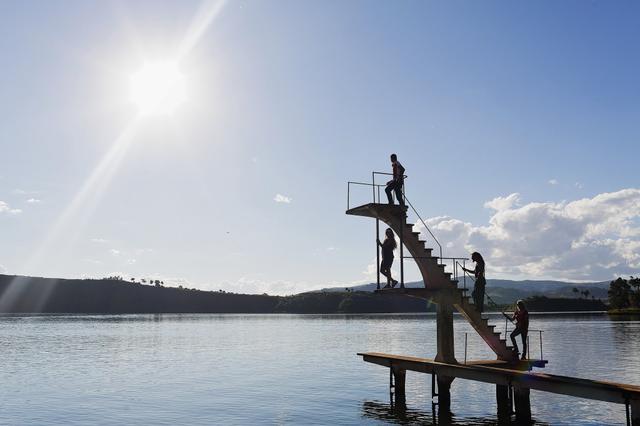

Accomodation
Madagascar offers a diverse range of accommodation options, from basic guesthouses to luxurious beach resorts and eco-lodges, reflecting the island's varied landscapes and unique experiences. Travelers can find accommodations near national parks, on the coast, or in the heart of the capital, Antananarivo. While standards may not always match mainland safari destinations, the unique character of the lodging adds to the overall charm of the trip.
Guest Houses
Tsara Guest House (Fianarantsoa): Offers spacious rooms with balconies, a beautiful courtyard, and helpful staff, providing a comfortable and welcoming stay.
Soa Guest House (Antsirabe): Features a traditional Malagasy style, spacious and tastefully decorated rooms, and delicious, creative meals.
Villa Mena (Nosy Be): Located right on the beach, offering an open-air bath, and convenient access to nearby amenities, like restaurants and bars.
Ampifitia Guest House (Antananarivo): A recently renovated villa with a pool table, free parking, and access to a rooftop patio.
Maison d'Hôtes Mandrosoa (Antananarivo): Features rooms with views of the pool or garden and offers both free WiFi and free private parking.
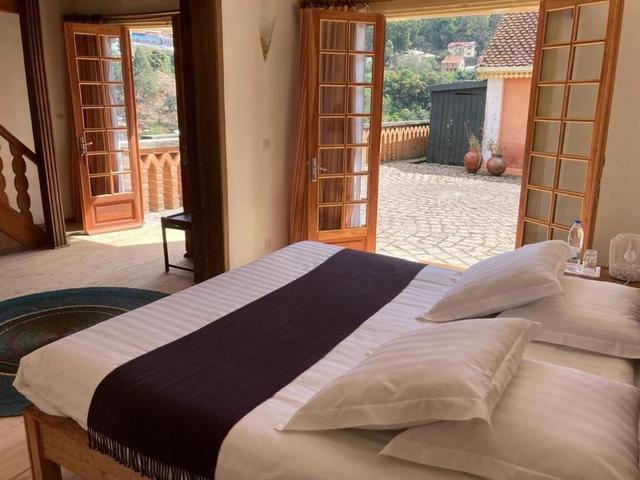
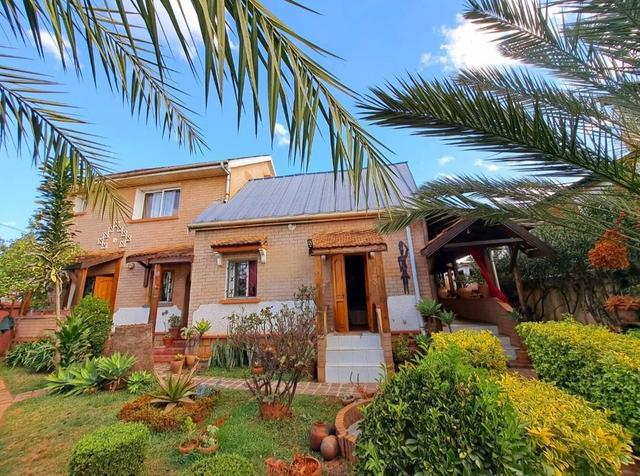
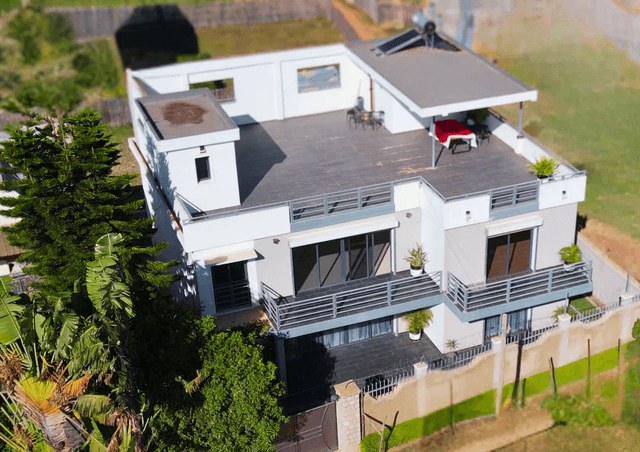
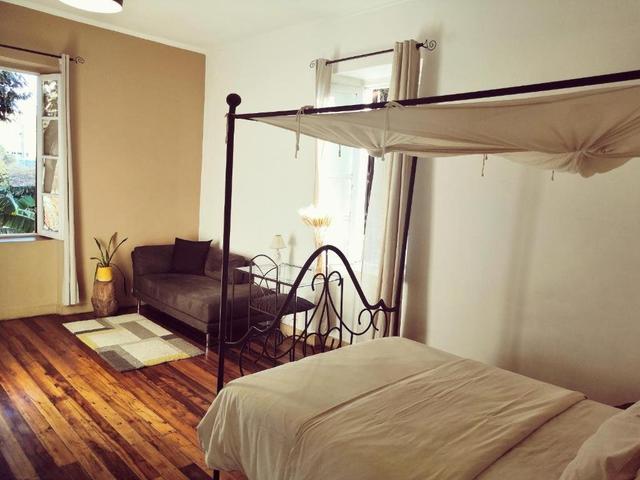
Hotels and Resorts
Madagascar offers a diverse range of hotels and resorts, from luxurious beachfront properties to eco-lodges nestled in nature. Popular options include the Antsanitia Resort, Anjiamarango Beach Resort, and Voi Andilana Beach Resort. Travelers can find accommodations near national parks, like Vakona Forest Lodge near Andasibe-Mantadia, or experience the unique charm of boutique lodges like Le Soleil des Tsingy.
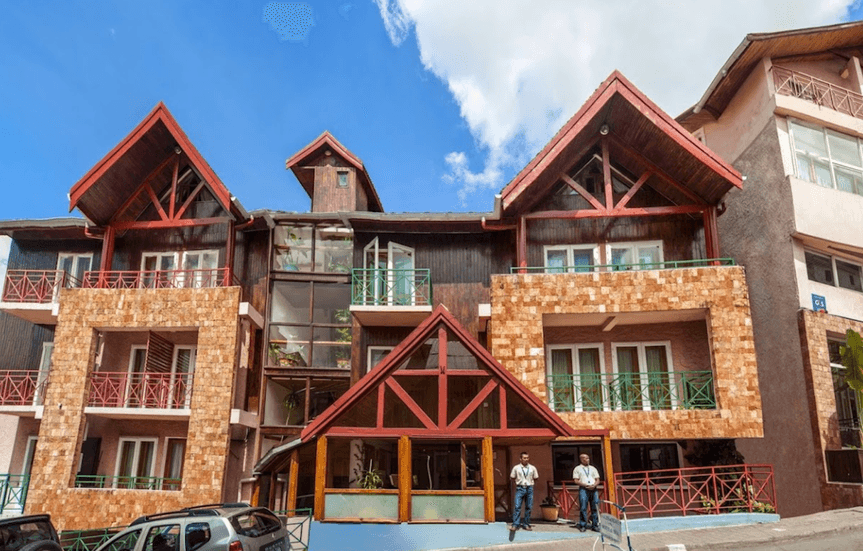
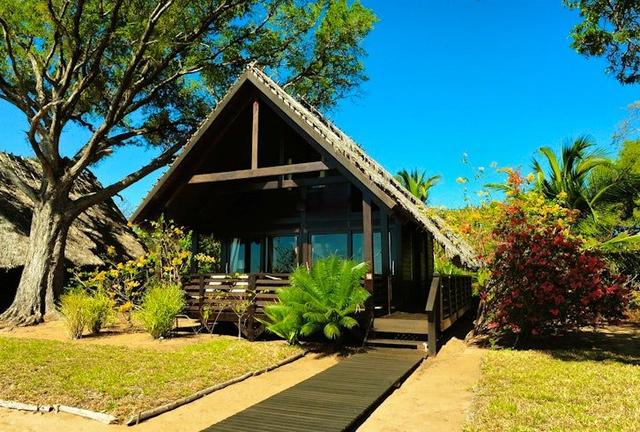

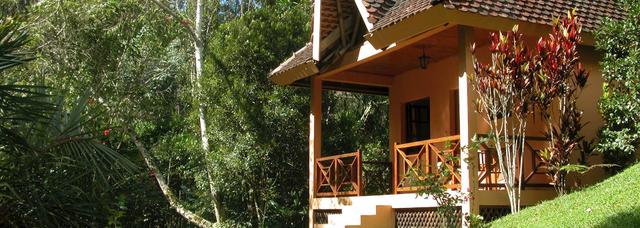
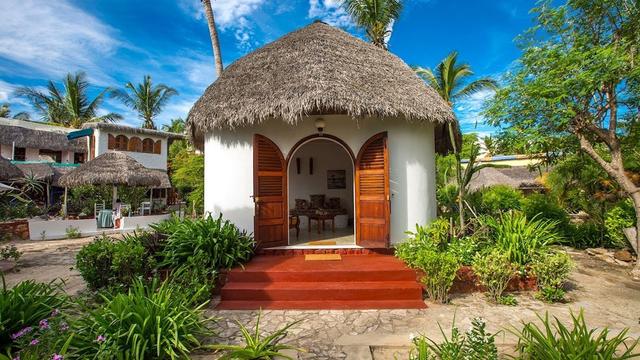
Campings
Madagascar offers diverse camping experiences, ranging from designated campsites within national parks to more adventurous wild camping options. Popular choices include Camp Catta in Andringitra National Park, Isalo Wild Camp, and campsites within Tsingy de Bemaraha National Park. Wild camping is permitted, but it's recommended to seek permission from local communities and prioritize safety by camping near villages or hotels.




Requirements for Visa
Documents required for the application process
- Passport: A valid passport with at least six months of validity remaining beyond the intended stay.
- Visa Application Form: A completed application form, which may be available online or upon arrival.
- Proof of Travel: Evidence of onward or return travel, such as a flight ticket or reservation.
- Yellow Fever Certificate: May be required if arriving from or recently visited a yellow fever endemic area.
- Visa Fees: Fees may apply depending on the visa type and duration of stay.
At the time of visa issuance, please provide the following documents
- For stays longer than 15 days, a visa can be obtained on arrival at international airports and ports.
- A completed application form and the required documents must be presented to the immigration officer.
- Fees may vary depending on the duration of stay.
Specific Visa Types:
- Tourist Visa: For tourism purposes, typically valid for up to 30 days, but can be extended.
- Business Visa: For business-related activities, requiring a letter of invitation from a Malagasy company.
- Student Visa: For studying at a recognized educational institution, requiring proof of language proficiency, academic transcripts, and financial capacity.
- Transformable Visa: Valid for 30 days, allowing the holder to apply for a long-term visa upon arrival.
Economy of Madagascar
Agriculture, forestry, and fishing
In Madagascar, agriculture, forestry, and fishing are vital to the economy and livelihoods, employing a large portion of the population and contributing significantly to the GDP. Agriculture, including livestock and fisheries, is a key sector for reducing poverty and improving food security. However, these sectors face challenges such as climate change impacts, deforestation, and the need to balance resource exploitation with conservation. Agriculture is the biggest source of jobs for the majority of Malagasy people and a crucial part of the agrifood system. Fishing and aquaculture support a significant number of people, particularly in coastal communities. Madagascar's economy is primarily agriculture-based, with significant contributions from tourism, textiles, and mining. The country faces challenges such as poverty, corruption, and inadequate infrastructure, but is experiencing sustained economic growth. The Malagasy economy is a market economy with a GDP of around $9.769 billion.
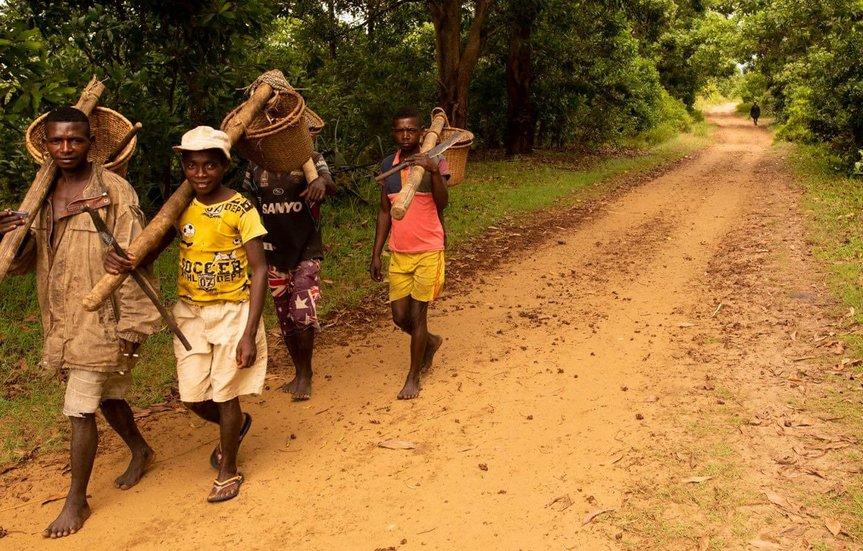
Resources and power
Madagascar faces a significant energy challenge despite possessing substantial renewable energy resources. While the nation has abundant solar, wind, and hydropower potential, access to electricity remains limited, with a large portion of the population relying on traditional biomass for energy. The state-owned utility, JIRAMA, struggles with operational and financial issues, hindering efficient energy production and distribution. Madagascar has significant potential in solar, hydropower, and wind energy. The island receives abundant sunshine, with some regions experiencing over 2800 hours annually, and has favorable wind speeds in the north and south. Hydropower potential is estimated at 7800 MW, with only a small fraction currently utilized.
Tourism
Madagascar's tourism industry is defined by its extraordinary biodiversity, breathtaking landscapes, and rich cultural heritage. As one of the world’s top biodiversity hotspots, the island is home to countless endemic species, including lemurs, chameleons, and rare birds, making it a paradise for nature enthusiasts. The country’s diverse geography ranges from lush rainforests and dramatic canyons to arid deserts and idyllic beaches, offering a variety of scenic experiences. Adventure seekers can enjoy hiking in national parks, exploring remote regions, or engaging in water sports along the coasts and nearby islands.
In addition to its natural appeal, Madagascar offers vibrant cultural experiences that allow visitors to connect with local traditions, cuisine, crafts, and historical landmarks. Popular tourist destinations such as Isalo National Park, the Avenue of the Baobabs, and the island of Nosy Be highlight the country's varied attractions. The growing emphasis on responsible tourism encourages travelers to support community-based initiatives and sustainable practices, helping to preserve Madagascar’s environment and cultural identity for future generations.
Textiles
Madagascar’s textile industry plays a crucial role in the nation’s economy, serving as one of the country’s leading export sectors and a major source of employment. The industry is especially strong in garment manufacturing, supplying both domestic and international markets, with the European Union being a primary export destination. It supports over 150,000 formal jobs, making it a significant employer, particularly for women. The sector also attracts considerable foreign direct investment and contributes notably to the country’s GDP, boosted by the presence of export processing zones (EPZs) like EPZ Filatex and the Antananarivo free trade zone, which offer favorable conditions for international investors through tax breaks and regulatory incentives.
Despite its economic importance, the textile industry in Madagascar faces several challenges. The COVID-19 pandemic disrupted global supply chains and exposed weaknesses in labor conditions within factories. Improving working conditions remains a priority for ensuring the industry's sustainability and ethical standing. Beyond its economic role, textiles also carry cultural importance in Madagascar. The traditional garment known as the "lamba" is deeply woven into Malagasy customs and rituals, symbolizing identity, respect, and heritage. This blend of modern industry and cultural tradition highlights the unique role textiles play in both the economy and social fabric of the country.
Manufacturing
Madagascar's mining sector plays a crucial role in the national economy, driven by its rich and diverse mineral resources, including ilmenite, graphite, nickel, cobalt, gold, and valuable gemstones like sapphires and rubies. Large-scale industrial projects such as Ambatovy (nickel and cobalt) and QIT Madagascar Minerals (QMM, ilmenite) highlight the country's capacity for significant mineral production and export. Alongside these operations, the artisanal and small-scale mining (ASM) sector, particularly in gold mining, provides livelihoods for many but also contributes to environmental degradation through practices like mercury use. While mining generates substantial export revenue, the sector faces persistent governance challenges, including issues of transparency, corruption, and illicit financial flows, which can limit equitable economic growth. Environmental concerns are also prominent, especially where mining activities encroach on ecologically sensitive areas. Looking ahead, Madagascar stands to benefit from the rising global demand for minerals essential to green technologies, such as cobalt and graphite. In response, the government has taken steps to modernize the sector by updating the Mining Code and resuming the issuance of mining permits, aiming to promote sustainable and inclusive development.
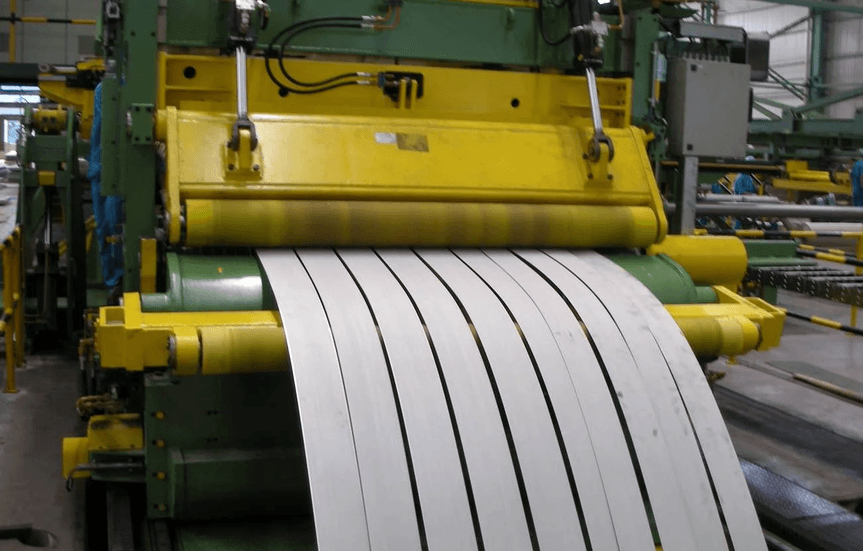
Finance
Madagascar's economy is primarily driven by agriculture, tourism, and mining, with a growing focus on expanding its manufacturing sector. The country exports key agricultural commodities such as vanilla, coffee, and cloves, alongside mineral resources like graphite and chromite. France, the United States, and Germany are among its top export destinations, while imports—mainly consisting of manufactured goods, fuels, and agricultural products—primarily come from China, India, and France. Madagascar benefits from regional trade agreements like COMESA and receives trade finance support from institutions such as the African Development Bank. Although the COVID-19 pandemic disrupted trade flows, the government is actively pursuing diversification and industrial development to strengthen the economy and enhance resilience.
In the financial sector, Madagascar is making strides toward modernization and inclusion. Efforts are underway to improve commercial lending, regulate e-payment systems, and strengthen the legal framework for secured transactions. The country is enhancing its credit infrastructure by developing credit bureaus and collateral registries, aimed at increasing access to finance for individuals and small businesses. While cash remains dominant, digital payment methods like debit cards are gradually gaining traction. The government, with support from the World Bank and other development partners, is committed to fostering financial inclusion and supporting private sector growth, viewing a robust financial system as a cornerstone of sustainable economic development.

Trade
Madagascar's trade involves exporting primarily agricultural and mineral products, while importing manufactured goods, fuels, and agricultural products. France, the United States, and China are key trading partners. The country faces a trade deficit, indicating that imports exceed exports.
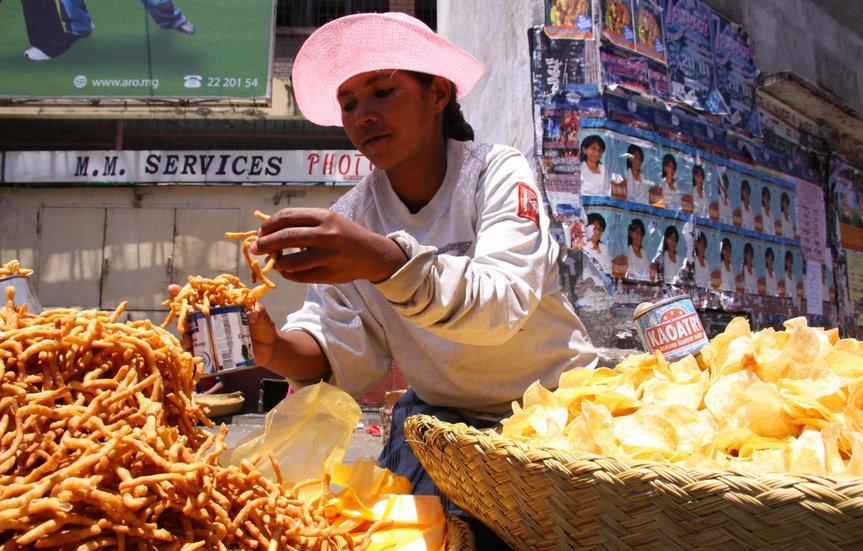
Labour and Taxation
Madagascar’s labour market is characterized by a large informal sector and high employment in agriculture. The formal labor force includes workers in manufacturing, services, and mining, with labor laws providing basic protections such as minimum wage, working hours, and social security. However, enforcement is often weak, and underemployment remains a challenge. The country has a relatively young workforce, and the government has initiated programs to boost skills development and formal job creation, particularly in export processing zones.
Madagascar’s tax system includes both direct and indirect taxes. Key taxes include corporate income tax (generally at 20%), value-added tax (VAT) at 20%, and personal income tax, which is progressive. The government offers tax incentives, especially in free trade zones, to attract foreign investment. Despite ongoing reforms, tax collection efficiency remains low due to limited administrative capacity and high levels of informality. International partners like the IMF and World Bank are supporting efforts to strengthen fiscal governance and broaden the tax base.

Transportation
Madagascar's transportation system offers a variety of options, though it faces significant infrastructure challenges. The road network consists of national, provincial, and communal roads, but many remain unpaved, particularly outside major urban centers. Poor road conditions, especially during the rainy season, can make travel difficult and sometimes impassable. Public transportation is largely informal, with taxis-brousses (minibuses) and buses serving as the primary means of connecting towns and rural areas. While they are affordable, these services are often overcrowded and operate on inconsistent schedules. For travelers seeking more flexibility, rental cars are available, though they can be costly, and hiring a driver is strongly recommended due to complex traffic conditions and limited signage.
Other transportation modes include limited rail service and domestic air travel. Madagascar’s railway network is small and primarily connects central regions with the east coast, but trains are typically slow and unreliable. Air travel plays a more prominent role in connecting distant regions and popular tourist destinations, with Air Madagascar and other international airlines offering both scheduled and charter services. Maritime transport is important for reaching coastal communities and nearby Indian Ocean islands, although it is mainly used for short local routes. Overall, while Madagascar’s transport options are diverse, infrastructure limitations remain a barrier to efficiency and accessibility, particularly in remote regions. Madagascar's telecommunications sector is experiencing growth, particularly in mobile penetration, driven by increased competition among operators. While mobile services are relatively well-established, fixed-line services and broadband adoption are still developing. The government is actively working to improve infrastructure and expand digital access to bridge the digital divide between urban and rural areas.
The mobile market is led by Orange Madagascar, Airtel Madagascar, and Telma Mobile. The entrance of a fourth player, Blueline, has intensified competition, leading to network upgrades and efforts to differentiate services. Mobile penetration is high, with a significant portion of users on prepaid subscriptions. However, internet penetration remains low, with only 20.4% of the population using the internet. To address this, AXIAN Telecom has received a $100 million investment from EIB Global to expand 4G coverage to approximately 1,300 sites and introduce 5G in urban areas. This investment aims to enhance access to high-speed communications and accelerate digital inclusion in the country.
